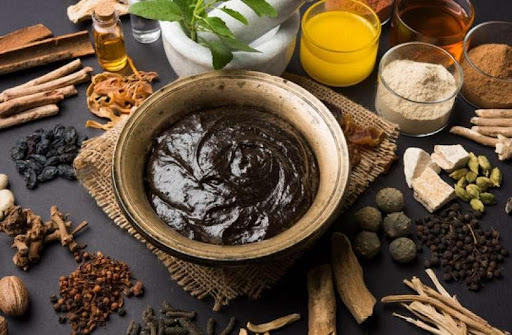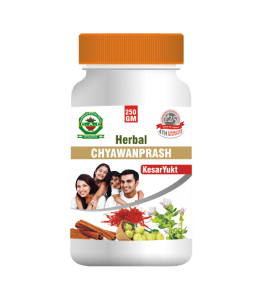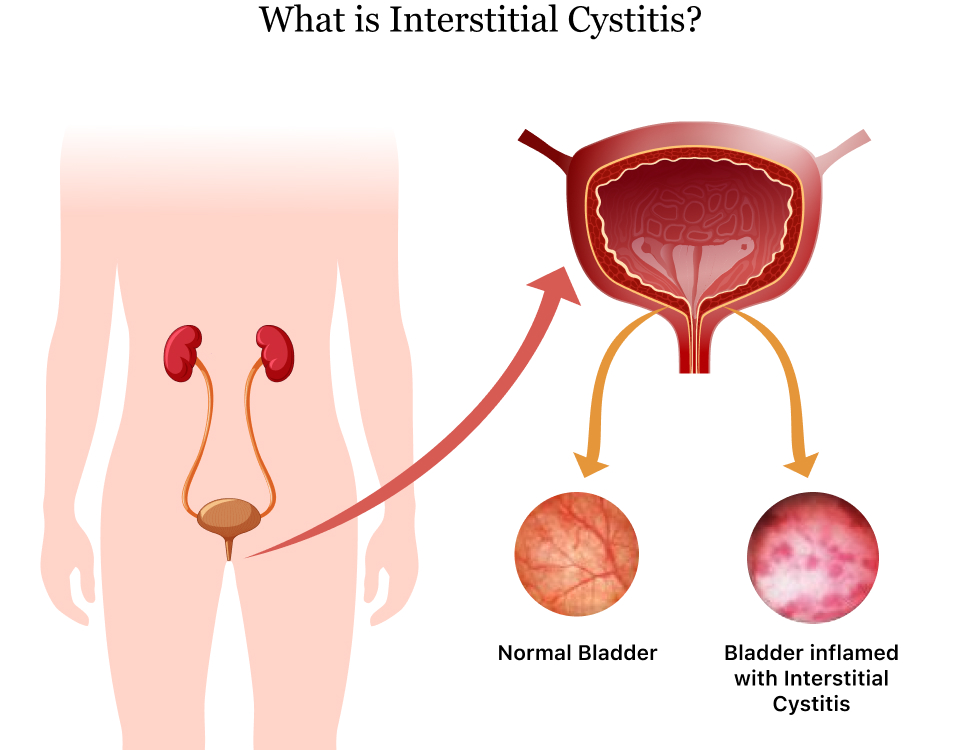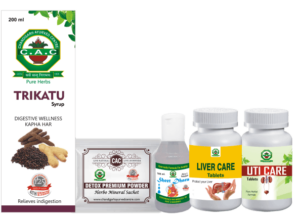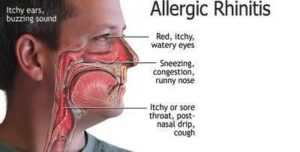If someone gets diabetes, then it remains for life and the patients of this disease are increasing every day. Diabetes is caused by poor diet, stress, obesity and lack of exercise. Controlling diabetes requires a regular routine and nutritious diet.
Diabetes is such a disease in which a lot of abstinence has to be done, if not avoided, the sugar level starts increasing. A person suffering from diabetes may have problems like eye, kidney related diseases and numbness of the body. We will tell you what type of daily diet should be to control diabetes.
Daily diet plan keeps the sugar level under control and diabetics can enjoy a healthy life.
Diabetes Diet Tips
Importance of Healthy Diet
The risk of diabetes is increasing in India. Diabetes increases the risk of heart disease, high blood pressure and kidney diseases. In some people, depression also occurs due to diabetes. But it is not that the disease of diabetes cannot be controlled. If you follow the right diet tips, then you can easily control diabetes.
Here we are telling some diabetes diet tips for diabetics which help to control blood sugar easily.
Fiber Rich Diet
Diabetics should include whole grains in their diet. The amount of fiber in whole grains is sufficient. Due to fiber, there is no hunger again and again.
For whole grains, you can also include wheat, gram, peas and barley.
Control Carb Diet
Keep an eye on carb diet- It is very important for diabetics to keep an eye on carbohydrates. If you keep a control on the carb diet, then you can easily control the blood sugar.
Carbs are essential for the body, but excessive amounts can bother you. For this, you should include whole grains, fruits and low-fat dairy foods in the diet.
Read More: Know About Foods That can Help Prevent Diabetes
Eat A Little
Eat little by little- There are many problems regarding diet in diabetic patients. But they should always keep in mind that they do not have to eat too much at a time. For this, they can inculcate the habit of eating several times a day.
You can eat 6 times a day instead of 3 times.
Select the Right Food
Choose the right food- Diabetes patients should always keep this in mind.
If the person with diabetes eats wrong food then blood sugar increases. Include eggs, cheese with salad, and vegetables in the food.
Eat less trans-fat in food. High fat dairy foods should also be avoided.
Choice of Cooking Oil for Diabetic
Selection of cooking oil- Selection of cooking oil is very important for diabetics.
For cooking, such oil should be selected which is less fat. For this you can choose rice bran oil, sesame oil.
Do not get caught in the hype of the market, it is always better to choose native oils.
Leafy greens
Green leafy vegetables are low in calories and high in nutrients. They also contain very less amount of digestible carbohydrates, due to which your blood sugar level increases negligibly.
Many types of vitamins and minerals are found in spinach, fenugreek, bathua and other leafy vegetables. Vitamin C is also found in it, which is beneficial in diabetes.
Due to the abundance of nutrients and antioxidants in leafy green vegetables, it is also beneficial for our heart and eyes.
Cinnamon
Cinnamon is a delicious spice as well as a powerful antioxidant. Cinnamon has the ability to reduce the level of diabetes. This insulin helps in improving CVT. Cinnamon may also lower cholesterol and triglyceride levels.
Eggs
Consumption of eggs is very beneficial to control diabetes. Regular consumption of eggs reduces the risk of heart attack and improves insulin sensitivity.
Good cholesterol level increases by intake of eggs. People who are suffering from diabetes can include eggs in their diet and control it.
Read More: Best Ayurvedic Doctor for Diabetes in India
Turmeric
Turmeric is a spice as well as a substance whose consumption is also beneficial in various types of diseases. It has so much power that it can control diabetes.
People who want to control diabetes can include turmeric in their diet. Due to the curcumin in it, it protects the heart and helps in reducing sugar levels and inflammation.
Curd
Yogurt is an important dairy product for diabetics.
It works to control blood sugar and reduce the risk of heart attack.
We should include it in our daily diet. Consuming curd in the morning and afternoon is beneficial.
Do not consume it at night.
Garlic
Garlic is not only a delicious herb, but it is also beneficial for health. It is better effective in reducing blood sugar and cholesterol.
Clove of garlic contains only 4 calories and 1 gram of carbohydrate. Diabetic patients should include garlic in their diet.
Fatty fish
Fish is also one of the healthiest foods found on earth. Such essential elements are found in fatty fish, which are beneficial in diabetes. People who regularly eat fatty fish usually have a lower risk of heart attack and diabetes. Due to the presence of omega 3 fats, it is a better diet for diabetics.
Vegetarian diabetes diet chart
When a vegetarian diet chart is prepared for a diabetic patient, such foods are included in it, in which the amount of sugar is less. The diet chart that we are telling here can be adopted as an example. If you are a diabetic patient then definitely consult your doctor.
What to eat in the morning
What should a diabetic patient eat in the morning? Such questions are in everyone’s mind. If diabetic patients are vegetarian then they should start the morning with water. According to Ayurveda, a diabetic patient should eat a spoonful of fenugreek seeds or powder and drink water in the morning. This keeps the blood sugar level under control.
Read More: Besan Ka Chilla for Diabetes
First breakfast
Breakfast is considered to be the most important diet for health. Type 2 diabetes patient has to choose the right and healthy breakfast in the morning. In the vegetarian diabetes diet chart, coffee, buttermilk, curd, black tea can be started in the morning. In the morning breakfast, vegetarian diabetic patients can choose any one of the following diets.
- Cucumber and tomato as a salad with a bowl of muesli with milk
- 1 cup oatmeal and a cucumber
- Wheat porridge with milk and 1 cucumber or tomato
- Vegetable Moong Chila made with 2-3 vegetables
- A bowl of vegetable porridge upma
- 2 rotis with 1 bowl green vegetables
Second breakfast in the morning
- A diabetic patient must eat something in the morning even after some time of breakfast. Because if you eat more food during breakfast, then there is a possibility of increasing blood sugar.
- Here we are telling such things by which blood sugar remains under control.
- It is beneficial for a diabetic patient to drink 1 cup of green tea after breakfast.
- If you are following a vegetarian diet chart, then you should include roasted gram or any one fruit in breakfast.
- Among fruits, you should eat apple, orange, guava and jamun.
What should a diabetic patient eat in the afternoon?
While eating during the day, a diabetic patient should keep in mind that there should be a gap of at least 4 hours between breakfast and lunch. Light food should be taken during the day.
- 2 roti, a bowl of vegetables, a bowl of lentils
- 2 spoons of sprouted grains.
- You can also change the sprouted grains daily.
- Instead of this, buttermilk, curd can also be eaten.
Evening breakfast is also necessary in diabetes
- The third meal of the day is necessary for diabetics in the evening. Because this is the time when a diabetic patient may need energy.
- If you are not very hungry then choose light foods.
- If you want to eat any fruit, you can choose between apple, orange, guava and jamun.
- Apart from fruits, you can also eat roasted gram. Keep the quantity only about 4 to 5 teaspoons.
- If you feel like eating very light, then you can also consume buttermilk or curd.
What should a diabetic patient eat for dinner?
- Diabetics need very light foods in the dinner diet.
- Vegetables and salads should be given importance in the night.
- You can understand from these examples for what things you can eat at night.
- It is better if a diabetic patient eats only fruits and salads at night. Cucumber, tomato’s are best in salad.
- Eat 2 rotis, a bowl of vegetables, a bowl of lentils and a bowl of salad on the basis of the ideal dinner diet.
What to eat before sleeping
A diabetic patient should eat some dry fruits before sleeping.
Dry fruits can also be consumed with milk before sleeping. Consumption of almonds and walnuts is considered the best among dry fruits.
Glycemic index and fiber food focus
Yes, a diabetic patient should know about its glycemic index before including any food in his diet chart. There should also be information about the amount of carbohydrate, sugar starch in the food.
Special attention should be paid to the amount of fiber food in the daily diet.
Keep these things in mind
- A diabetic patient should include dairy products, fish, soybeans, etc. in their diet.
- The patient should eat food at the right time.
- The patient should keep some sweet thing with him so that it can be consumed when needed.
- The patient should keep on eating something after a while without eating too much food at one go.




